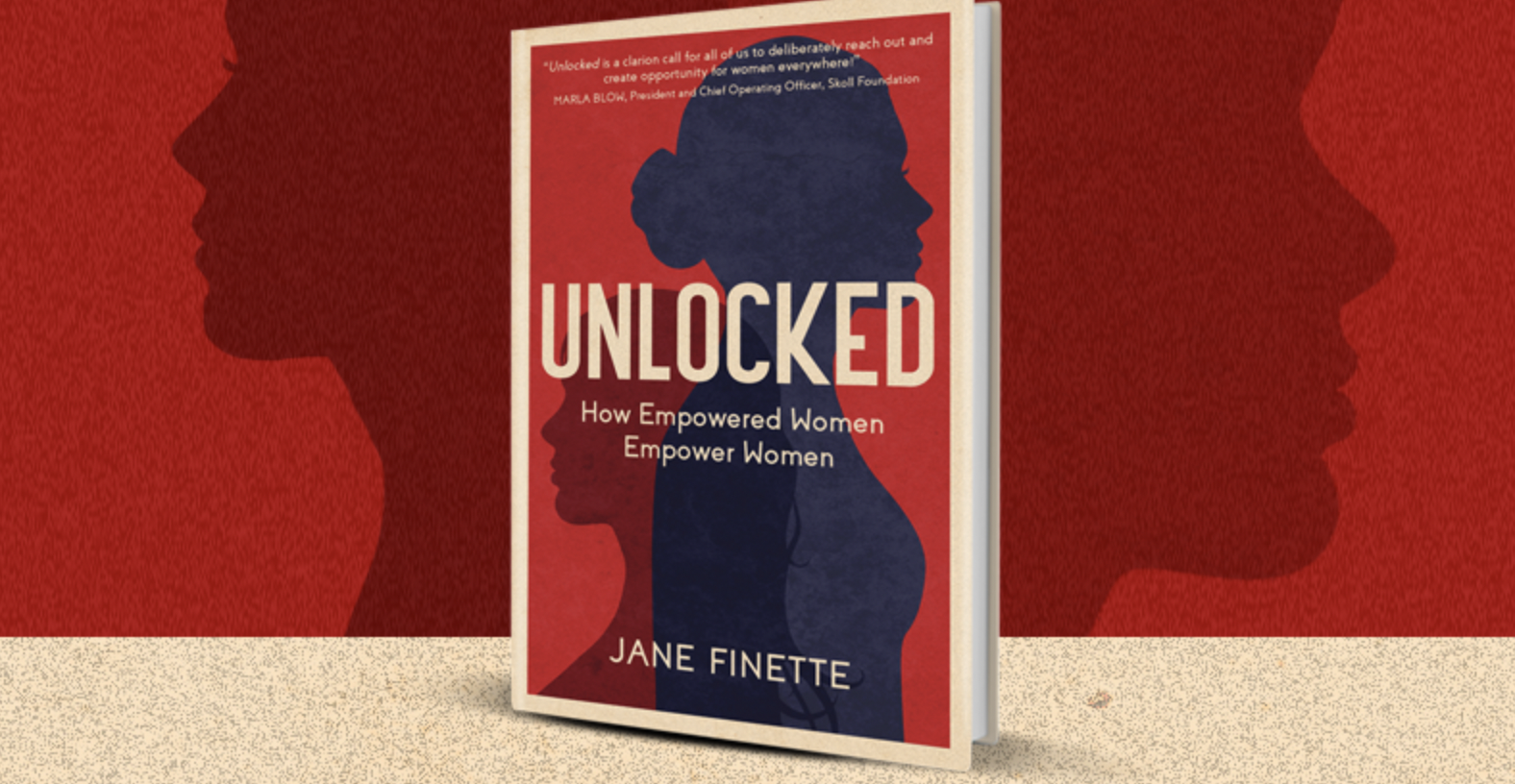When I was a CEO, I knew I needed co-pilots around my executive table. Piloting a business in an environment of increasingly fast-paced turbulence, with such high stakes decision making and so many strategy, execution, and leadership challenges, requires Collective Intelligence in the cockpit. I was running high technology aerospace hardware and software companies, serving […]
Continue readingThe seven lessons from my CEOs

We can’t always hire the best business consultants, or maybe we don’t want to.
If you catch me by surprise and ask me to at least summarize the main seven learnings that I have achieved discover working together with General Managers and business owners throughout Latin America, would be the following 7:
1. Hire slow, fire fast
2. You will renew your bottom 10% per semester
3. You will master the styles of personalities
4. The biggest motivation is the fear of failure
5. Always have your “stop doing” list at hand
6. If you are not going to hold an instruction, better not do it
The 7th I’ll tell you in a few minutes because it is undoubtedly the most important.
Let’s see each of them in greater detail:
1. Learning # 1 – Hire slow, fire fast
Review your latest hires. Review the time and dedication they have to your company. Do you think they could have done better? What is the risk of having more information for decision making?
When it comes to hiring: more is more. We can all lie and be someone who likes the other for an hour; that’s not complex. We can also know that we must respond to the psycho-labor tests so famous among recruitment consultants.
New global trends speak of allocating one full day to hiring key positions. Yes, as you have read. An entire day. It is very difficult, if not impossible, to “bluff” anyone for a whole day. No matter how expert he is in the art of acting, and no matter how many tests he has studied, no one can do it. And if he does, hire him immediately. ?
And concerning layoffs, the main cause of regret that I have learned advising dozens of CEOs when they refer to the issue of firing their staff is always the same: “I should have fired them months before.”
Yes, decision-making geniuses always answer the same thing. They regret not having done it sooner. And it is true. What is the impact on money, in hours, and on your own emotions of having “detractors” within your team?
Therefore, hire slow and fire fast.
2. Learning # 2 – You will renew your bottom 10% per semester
It’s hard to read, I know. And it’s harder to hear me tell the CEOs I advise. But this is no less true. You have to recycle the team. Always. Regardless of the results.
I know that my approach is too cold. But no less logical for that. Let’s see this learning with a simple example.
Let’s take two glasses of water ( Questions clarification: each glass is the same measure of 200ml)
Glass A contains pure, very pure mineral water. From the most expensive mineral water bottle on the market.
Now let’s take glass B with rotten water, with the worst bacteria that any stagnant water can contain. Water that has not circulated from the glass in 1 whole year.
What water would you drink? Simple question, right? I’m sure it would be the water in cup A. I hope so.
Now let’s do a little change of scenery. Let’s imagine that we leave cup A for one year on the table, without recycling it. We let it sit for 365 days (or the equivalent of 8760 hours). It is understood, right? Glass A will rest for one whole year.
We take glass B (the glass with rotten water) and put it during that same year under a tap (tap, take it) with drinking water. We left it under for one whole year with the tap open (yes, I know, now the environmentalists will punish me in the same way that my daughter did when I told her the example. It’s just an example)
After 1 year, what water would you drink?
I indeed have the water from glass B. The glass that once contained rotten water now contains renewed, recycled, and freshwater. And the glass that once held freshwater now contains stagnant, cloudy, and decomposed water.
Sounds less evil with the example of water, right? Now the question is: will you apply it to your team?
3. Learning # 3 – You will master the styles of personalities
Our parents, grandparents, uncles, teachers everyone lied to us since we were little. They always told us that we are all the same. The truth is that it is not. Not even remotely close to it.
We are all different. And to be able to identify what the person in front of you is like at this precise moment, you can use several tools.
As the Advisor and Coach of CEOs, the one that best suits me is the international DISC, a tool that profiles professionals in 4 personality types. Although I will develop this concept in-depth in my next article, let’s see what it is all about.
DISC mentions four types of personalities according to their energy and interest. Take these two variables, and by relating them, you get the four styles. Simple.
Based on their energy, they are segmented into an extrovert (high energy) and introvert (low energy)
According to their interest, the rational (focus on results) and social (focus on people).
And then it crosses them.
- Outgoing & focus on results: Dominant: wants to win.
- Outgoing & focus on people: Influential: want to please.
- Introvert & focus on people: Sociable: want to avoid conflict.
- Introvert & focus on results: Conscientious – want to be right.
We all have a bit of each of the styles. But there is always one with more weight than the others. For example, I am IDSC. As you can see, the energy variable is more powerful than the interest variable.
What do you look like? I leave you a link to the free test.
4. Learning # 4 – The biggest motivation is the fear of failure
If I ask you about your greatest motivation and tell me your children, you are in serious trouble. Be careful, I’m a father too, and I adore my daughter Mora. And children are one of the most relevant sources of motivation for a human being.
Motivation means having a motive—an engine to do something. If your engine is your children, it’s okay, but it can never be your only reason to live.
But if she is my greatest motivation, what would happen to me if she ceases to exist in this world? If I am consistent, I should do like Romeo and leave this world in its wake.
If you are like that, then I respect and admire that your motivation is your children. I honestly couldn’t do it.
Was the point understood?
I have learned that the most powerful CEOs are motivated by the fear of failure. Be careful; they are not all. They are continually wearing their black hat and analyzing the worst-case scenario.
They never stop being optimistic about the vision of their companies. But when it comes to making decisions to pursue their vision, those who have shown the most effective are those who fear failure as the main motivator.
5. Learning # 5 – Always have your “stop doing” list at hand
Simple: Check-in your weekly planner. Do me a favor: You will surely see your list of hundreds of new things to do.
Monitor such a thing. Implement such another. And the list goes on. I do not know a professional who does not carry his notebook of things to start doing.
And it is good that new activities and initiatives emerge. In this way, the company is mobilized towards the vision. Sell more, run more: new initiatives, new processes.
But a question comes to mind: What will you stop doing to start doing these new activities?
Your day has the same 24 hours as everyone else. And you can’t add more RAM to your brain. You keep adding more and more “tasks.” Are you waiting that your brain burns out?
When will you start recording your “stop doing” activities?
6. Learning # 6 – If you are not going to hold an instruction, better not do it
I always like to start with everyday examples and then extrapolate it to the business world.
Imagine giving an order to a 15-year-old teenager. Any order. Let’s see … for example: “don’t come home after 11 at night.” Nothing weird, right? Does it sound familiar to you?
Now, let’s imagine that the adult who gave you the order does not enforce it. What is the impact on the level of “authority” of that adult from the teenager’s perspective? Probably very low.
How do you think that adolescent will “take” the adult’s future instructions? I answer this question. Simple, with a downward trending authority level.
The same happens to your team. Great leaders enforce their instructions. If they say you don’t arrive after 11 at night, I assure you that Troy burns if someone from your team arrives after that time. And it’s okay for that to happen.
Only give instructions that you are willing to sustain over time.
When COVID-19 just started, back in March 2020, I asked a great CEO (and tremendous leader) what would be the measures he was going to take to manage the crisis and what his criteria would be. His response was remarkable: “Pablito, all those who can sustain for at least 12 months.”
7. Learning # 7 – The most important is the following:
Do not improvise, train yourself, do not give advantages, never.
Leading is complex, everyone wants to be a leader, and that’s okay. But not everyone knows how to do it. If you don’t train before the game, you train during the game.
The good thing is that if you are reading this article, you are a leader and want to evolve towards a better version of yourself because great leaders know that there is always a next level. And that there is still more to learn.
As I told you, I have been advising General Managers and business owners for more than ten years. I am the leader of Renaissance Executive Forums in Santiago de Chile, an international organization of business leaders, CEOs, General Managers, business owners, and senior executives. We meet every month to discuss the strategic issues of each of your companies. These first seven learnings have emerged from our peer group meetings.
Learn. Grow. Share.




















